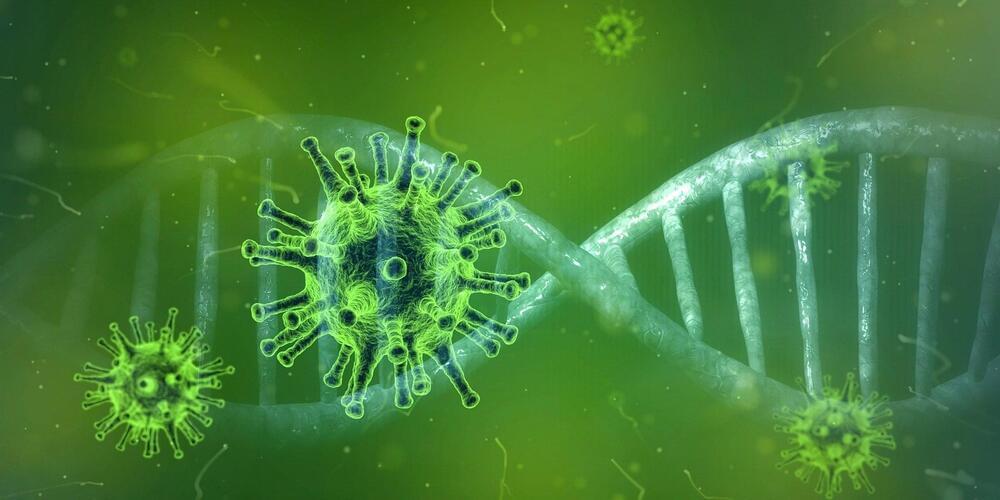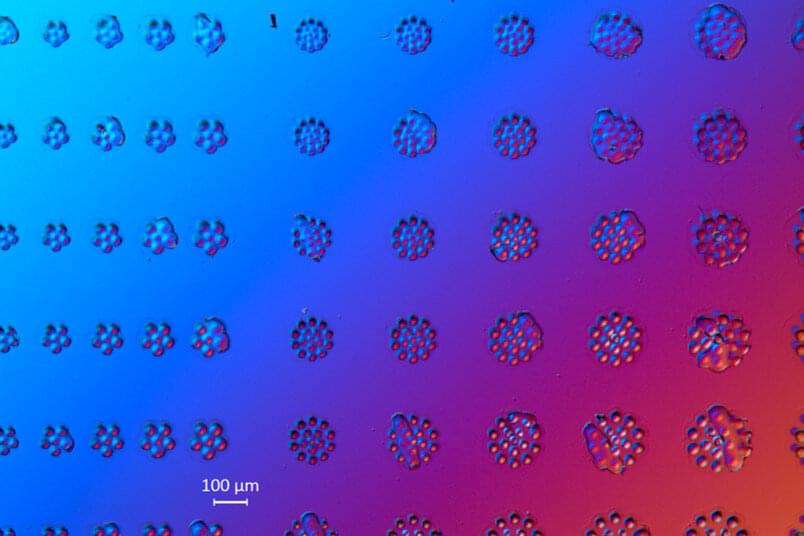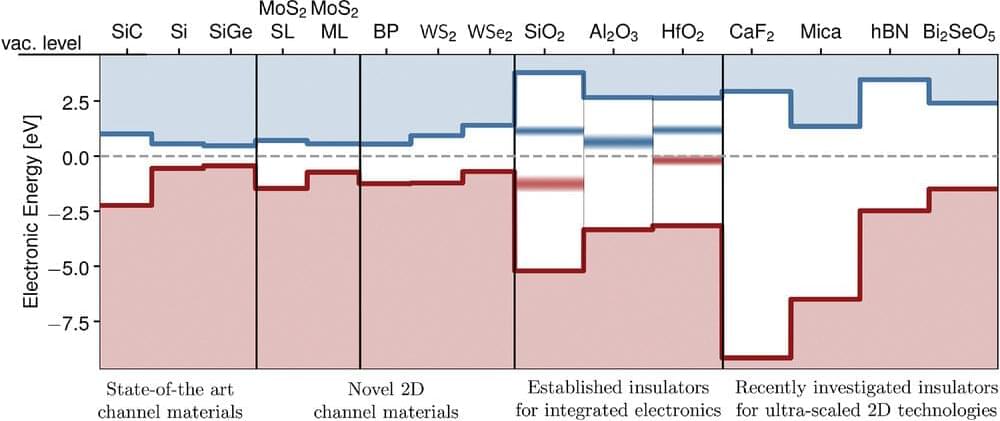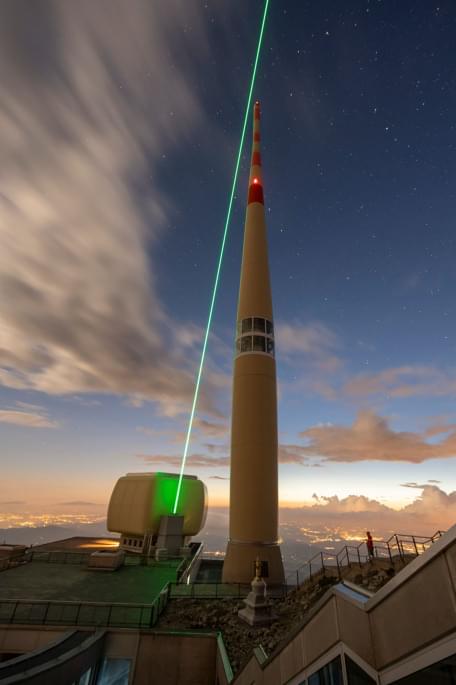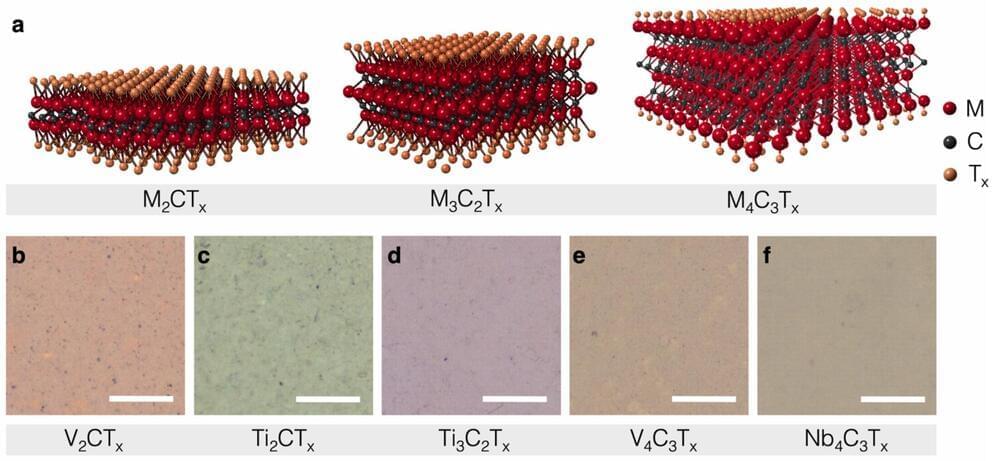Jan 16, 2023
Gone fishing: Highly accurate test for common respiratory viruses uses DNA as ‘bait’
Posted by Saúl Morales Rodriguéz in category: biotech/medical
Cambridge researchers have developed a new test that “fishes” for multiple respiratory viruses at once using single strands of DNA as bait and gives highly accurate results in under an hour.
The test uses DNA “nanobait” to detect the most common respiratory viruses —including influenza, rhinovirus, RSV and COVID-19—at the same time. In comparison, PCR (polymerase chain reaction) tests, while highly specific and highly accurate, can only test for a single virus at a time and take several hours to return a result.
While many common respiratory viruses have similar symptoms, they require different treatments. By testing for multiple viruses at once, the researchers say their test will ensure patients get the right treatment quickly and could also reduce the unwarranted use of antibiotics.
